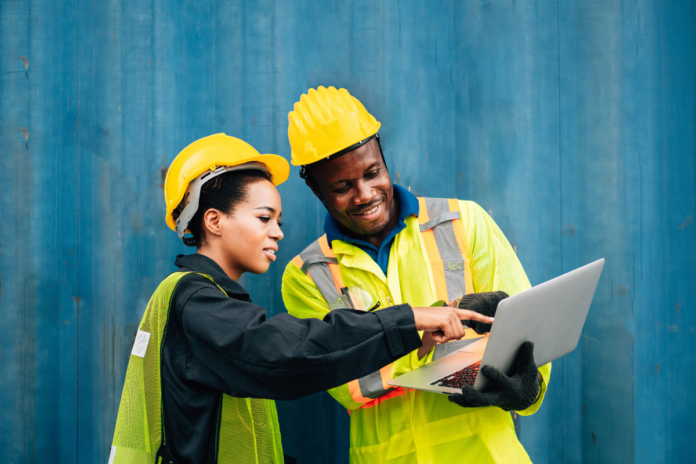The importance of health and safety in the world of events can’t be overstated. Everyone involved in delivering an event, from organisers and venues to suppliers and contractors, has a legal responsibility to provide a safe environment for those working on site and attending the event.
With so many variables to keep track of, and a variety of risks and hazards, not to mention the fact that no two events are the same, health and safety can feel like a bit of a minefield. At the Event Supplier and Services Association (ESSA), which represents the best suppliers of goods and services to the events industry, driving and maintaining high standards in event health and safety is a core focus for the trade body’s board and members.
While every event should be managed individually, there are some key health and safety essentials that event suppliers and contractors need to prioritise. Here, some of ESSA’s board members share their insights…
Risk assessment and management
Event suppliers and contractors must prioritise risk assessment and management to ensure the safety of their projects says John Robson, MD, Aztec Event Services. This involves identifying potential hazards, assessing associated risks, and implementing measures to eliminate or control those risks. Compliance with the Construction (Design and Management) Regulations 2015 (CDM 2015) is crucial in effectively carrying out risk assessment and management processes.
“Both the contractor and the client must assess the risks associated with the work and agree on measures to control those risks. It is important to consider all potential hazards that can harm people and identify who might be harmed and how. The risks should cover both safety and health aspects, and clear instructions, information, and training should be provided to all workers,” explains Robson.
Mark Clayton, MD at event insurance specialist InEvexco outlines some of the potential risks to consider for events, which include checking height limitations, checking stands and equipment are secure, checking for loose carpets to avoid trips, making sure electrical wires are secured, as well as the usual bending and lifting for heavy items and spillages for slips and trips. He also points out that time pressures can impact contractors being able to complete jobs safely especially if timescales are too short.
Communication is key
Effective cooperation and communication among all parties involved in projects are paramount for ensuring health and safety to ensure that work can be done safely and without risks to health.
Alexandra Bailey MD at Creative8, which specialises in designing and building exhibition stands, says its important to ensure there is a good flow of communication between all different departments and contractors, pre-, on-site and post-event.
“Our project managers and crew chiefs will meet regularly pre-event, covering all aspects of the project, this culminates in a final handover a few days before install. All of these are opportunities for the project to reviewed in detail, and for all aspects of planning to be considered, which includes a review of the event timetable and how this will impact the number and skillset, of crew needed on site, particularly for the de-rigs, which tend to have very short timeframes,” she explains.
“Know who are the leads on site, know key contacts in the event of a H&S emergency or query, including those from the event organiser. Understand the team’s skill set; ensure the team on site are briefed, have read and understood the risk assessment and method statement and the build / de-rig schedule has been discussed.”
Competence and training
And last, but by no means least, event suppliers and contractors are responsible for ensuring that they and their workers possess the necessary skills, knowledge, training, and experience to carry out work safely and without risks to health
“Staying up to date with industry guidance and regulations, attending relevant training programs, and continuously developing expertise are essential. Compliance with CDM 2015 mandates contractors to verify the competence and training of all workers they employ or appoint,” says Robson.
Health and safety should never be an afterthought, it should be incorporated at the very start of the planning process for every event. By adhering to these essential H&S principles and complying with CDM 2015, suppliers and contractors can significantly mitigate risks, create better work environments and promote a positive health and safety culture within the events industry.











